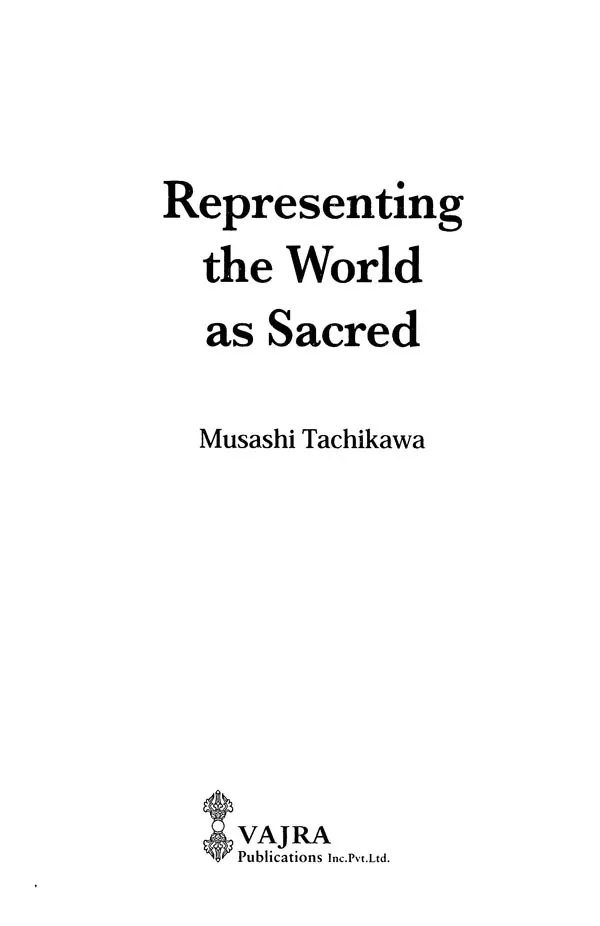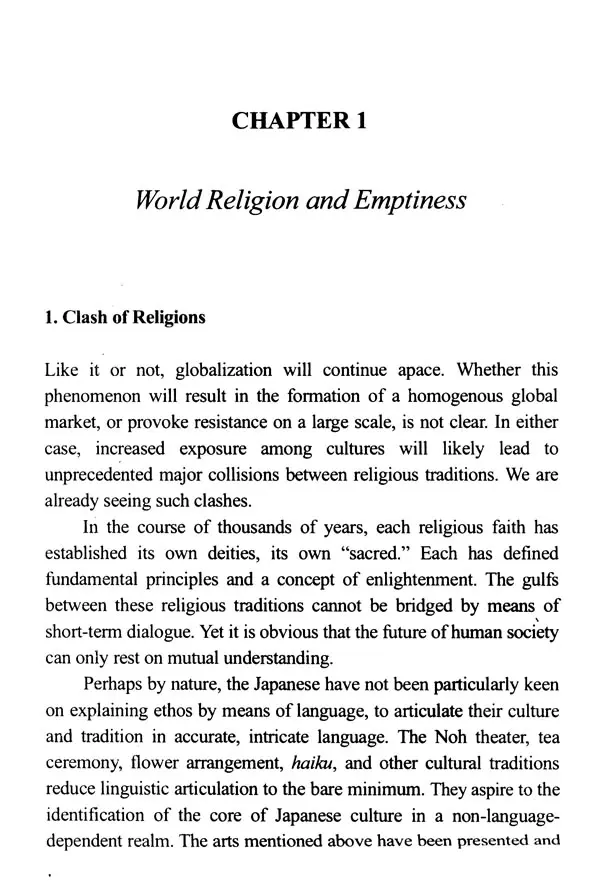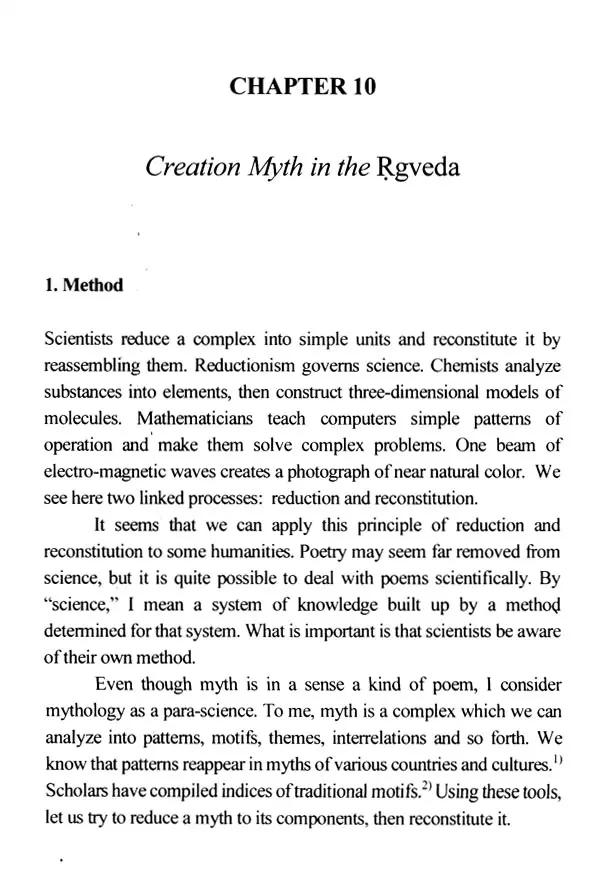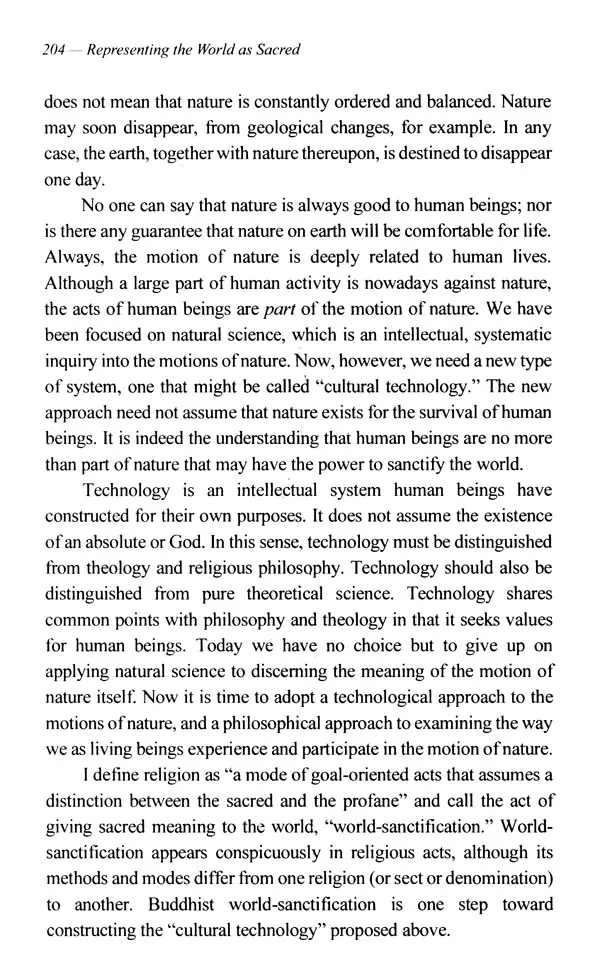
Representing The Word as Sacred
Book Specification
| Item Code: | UAH018 |
| Author: | Musashi Tachikawa |
| Publisher: | Vajra Books, Nepal |
| Language: | English |
| Edition: | 2021 |
| ISBN: | 9789937624121 |
| Pages: | 214 |
| Cover: | PAPERBACK |
| Other Details | 9.00 X 6.00 inch |
| Weight | 300 gm |
Book Description
God is the ground for believing that the world is sacred." The discussion stopped there, because the symposium was about to begin. I have to confess that I could not have argued the point with confidence at that time. How to elucidate the sacredness of the world without God has been one of my main concerns ever since.
This book is a collection of articles I have published in various journals over the years, on a range of topics. The chapters are all, however, more or less concerned with the sacredness of the world, as reflected in the Representing the World as Sacred.
The discussion stopped there, because the symposium was about to begin. I have to confess that I could not have argued the point with confidence at that time. How to elucidate the sacredness of the world without God has been one of my main concerns ever since.
This book is a collection of articles I have published in various journals over the years, on a range of topics. The chapters are all, however, more or less concerned with the sacredness of the world, as reflected in the Representing the World as Sacred.
For decades I have used the paired concepts of the sacred and the profane as basic operational concepts for my studies of religion.
Some people may question my use of that concept pair, pointing out that the realm of the sacred cannot be regarded as complementary with that of the profane. The relation between these two realms is not, however, the relation between A and non-A. There exists a dynamic relation between the sacred and the profane.
The sacred and the profane are sometimes identified with each other, as seen in these famous words from the Heart Sutra: "Matter is empty and emptiness is matter." Sometimes the profane purposely maintains a distance from the sacred. In the Kathmandu Valley, people are not allowed to touch the bodies of their parents for thirteen days after their death. The dead body is the sacred; living people, the profane.
Religious activities may be divided into two groups: individual and collective. The action of a yogi seeking to attain enlightenment or salvation through meditation may be called an individual action. In the case of yoga practice, the sacred is enlightenment or salvation; the profane, the mundane state of daily life full of mental defilements.
On the other hand, a funeral is generally a social activity, a collective action. While the funeral is being performed, the time, the place, and the mental state of participants are the sacred; the state of mundane daily life, the profane, In this way the relation between the sacred and the profane appears differently according to whether the action in question is individual or collective. The view of the sacred and the profane is not a simple dualism.
A world that includes nature surely exists outside the mind. Unquestionably, nature is moving, alive. However, we do not know where nature is going. No one can see the goal or object of nature. The world we experience every day is nothing but a rearrangement of information obtained through our sense-organs.
Book's Contents and Sample Pages















